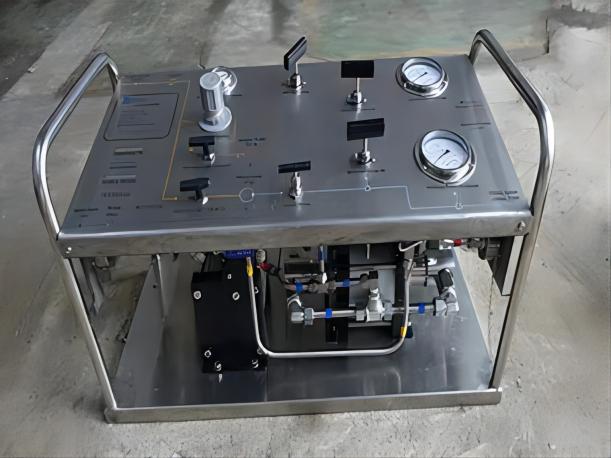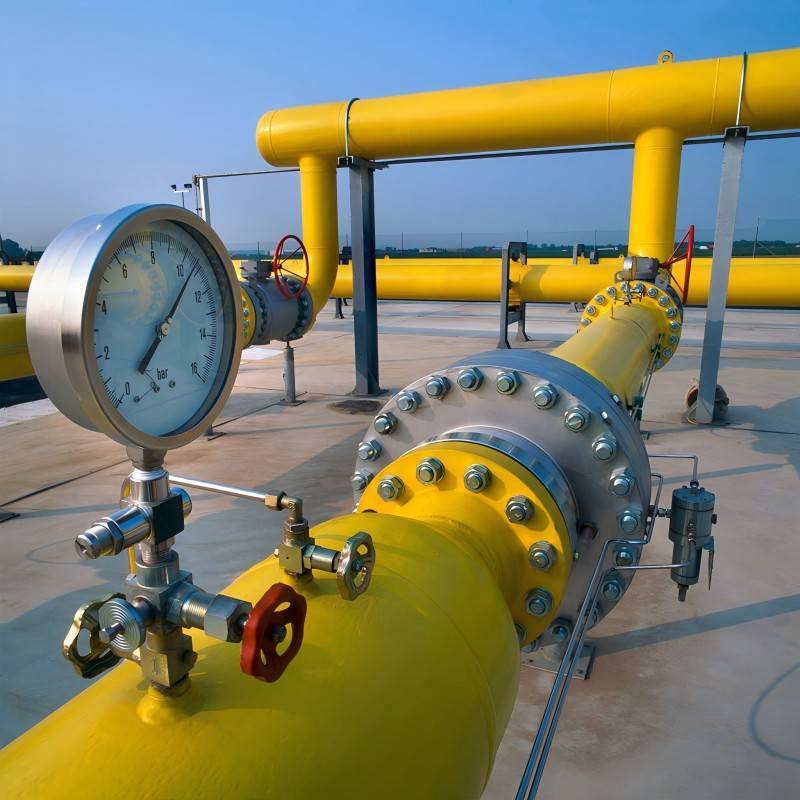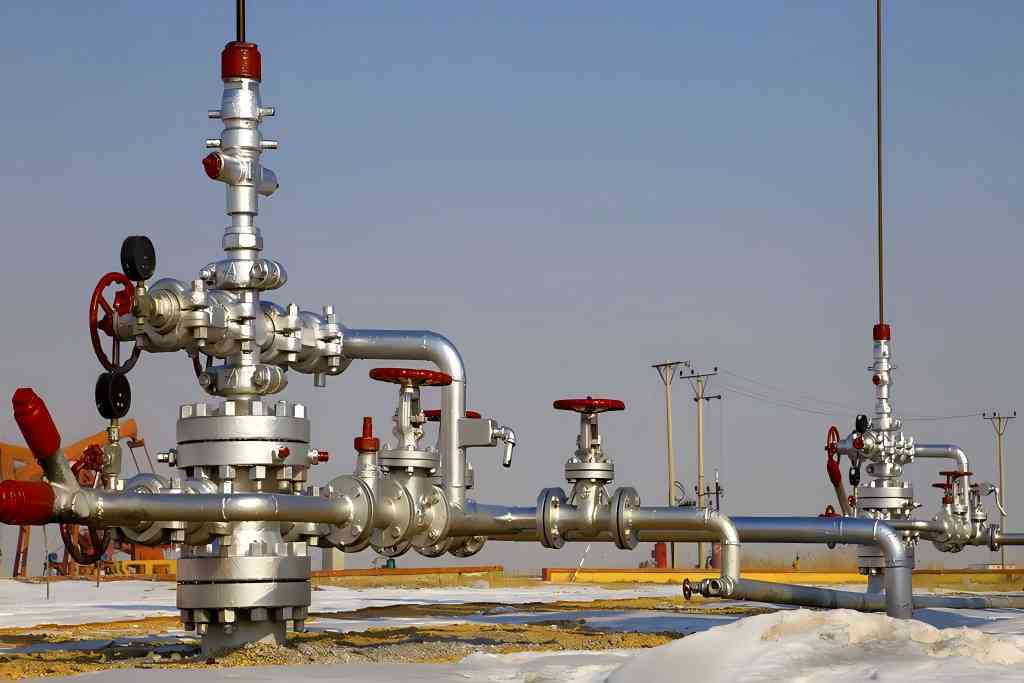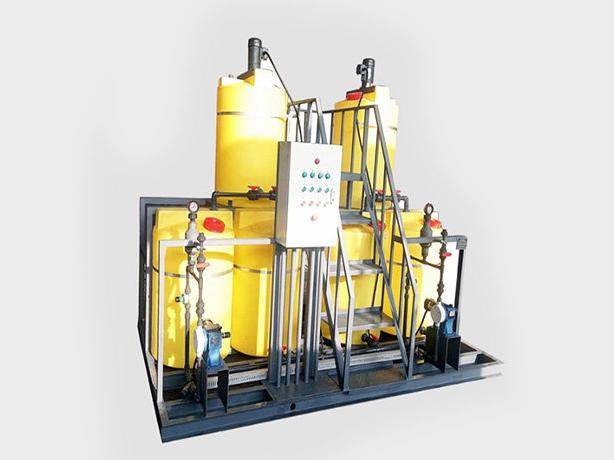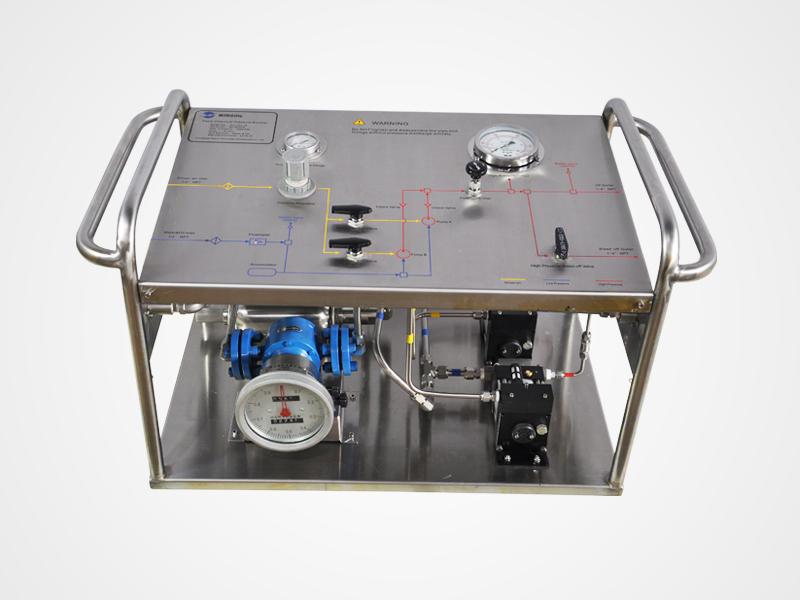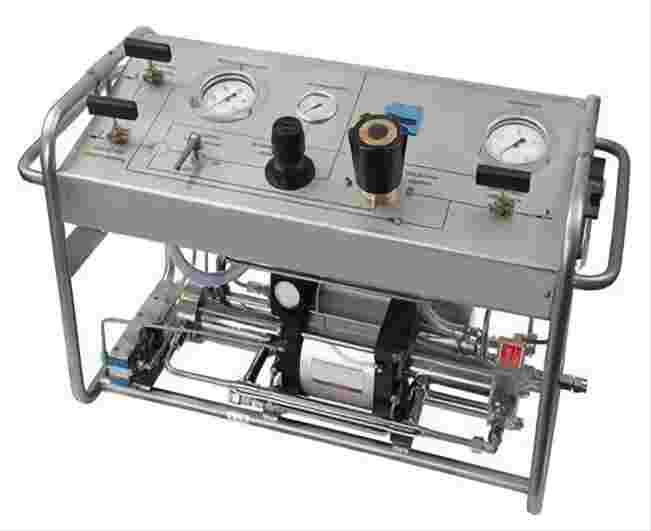4 Basics You Need to Know About Hydrostatic Testing
Hydrostatic testing is a critical process for many industries and applications that use equipment subjected to high pressure. Test outcomes, however, are ultimately only as good as the hydrostatic test pump that was utilized. In other words, the pump used to test the system must be similarly dependable and maintain adequate pressure levels in addition to the system being tested having been built and operating properly.
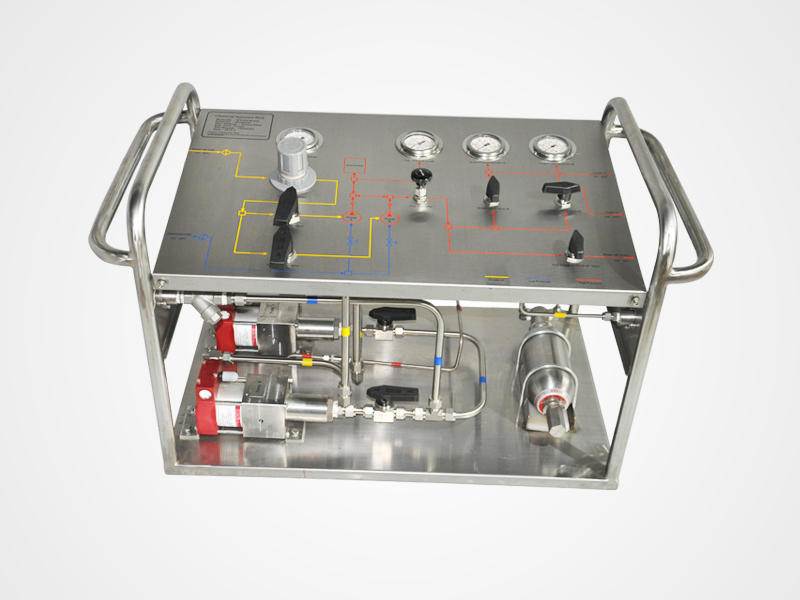
What is hydrostatic testing?
The hydrostatic testing process is crucial to quality assurance. Gas cylinders, storage tanks, and chemical pipelines are among the many items whose structural integrity and suitability for usage are evaluated using hydrostatic testing. The test involves submerging the object under water, pressurizing it, and checking if it can withstand pressure without cracking at any seams or permitting internal leaks.
The term “hydro” (which means water in Greek) and “statikos,” which means solid, is where the name originates from when engineers employed compressed air as their hydraulic fluid rather than water (as in static).
Hydrostatic testing also provides a level of confidence that the object will hold up under pressure and withstand exposure to corrosive environments without bursting open at any seams or allowing leaks from within its structure.
How does hydrostatic testing work?
Hydrostatic testing is done by filling containers with water at high pressure until they reach their designated capacity; this allows engineers to see where leaks appear (signifying small holes) as well as find out how strong each welded seam is. Compared to simply visually evaluating your stainless-steel containers, this type of inspection gives you a lot more information because you’re looking for irregularities and fixing them before something goes wrong when using the container.
A leak can be found via hydrostatic testing before it gets expensive. This means that every time we turn on our faucet and let water into the underground pipes, those leaks are identified without our knowledge because water will eventually force its way through any gap between two sections of improperly sealed pipe if enough pressure is applied.
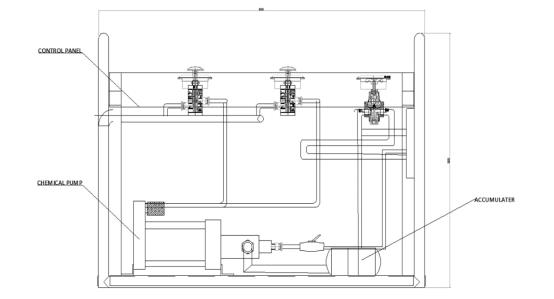
What are the benefits of hydrostatic testing?
Because of the cost, time, and resources involved, working with a firm that provides hydrostatic testing services may be more advantageous. Additional advantages include shorter turnaround times, enhanced employee and customer safety leading to better product quality assurance, reduced repair costs, and a reduction in risk exposure and liability claims.
Chemical, industrial, or other businesses might benefit from the assistance of a team of highly qualified hydro-testers to maintain compliance with hydrostat criteria.
Common Hydrostatic Testing Methods
Three common hydrostatic testing techniques are used to test small pressure vessels and cylinders: the water jacket method, the direct expansion method, and the proof pressure testing method.
Water Jacket Method
This approach is carried out by loading the vessel into a sealed room (referred to as the test jacket) that is likewise filled with water. The vessel is then pressured for a predetermined period inside the test jacket. Water is pumped into a glass tube that measures the overall expansion as a result of the vessel expanding inside the test jacket. The vessel is depressurized after the total expansion has been recorded, at which point it returns to being around the same size. Water returns to the test jacket when the vessel deflates.
The vessel occasionally does not enlarge to its initial size. The permanent expansion of this second size value is referred to. If the vessel is fit for service depends on the difference between the overall expansion and the permanent expansion. The likelihood of the vessel being decommissioned often increases with the percent expansion.
Direct Expansion Method
In the direct expansion method, a vessel or cylinder is filled with a predetermined amount of water, the system is pressurized, and the water that is released once the pressure is removed is measured. By keeping track of the water pumped into the vessel, the test pressure, and the water released from the vessel, the permanent expansion, and total expansion values may be calculated.
Proof Pressure Method
The proof pressure test adds internal pressure to the vessel to find any leaks or other potential failure-causing weaknesses, such as wall thinning. This approach is only acceptable in the US where the US Code of Federal Regulations does not mandate the recording of permanent and total expansion values.
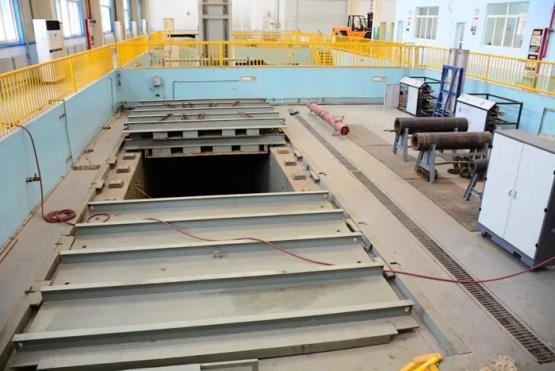
Summary
Hydrostatic (Hydro) Testing is a process where components such as piping systems, gas cylinders, boilers, and pressure vessels are tested for strength and leaks. This article introduces the basic knowledge of hydrostatic testing: What is it, how does it work, what are the benefits, and common hydrostatic testing techniques.

